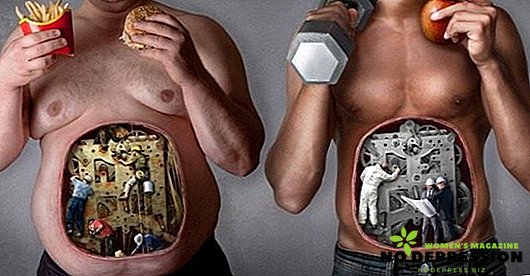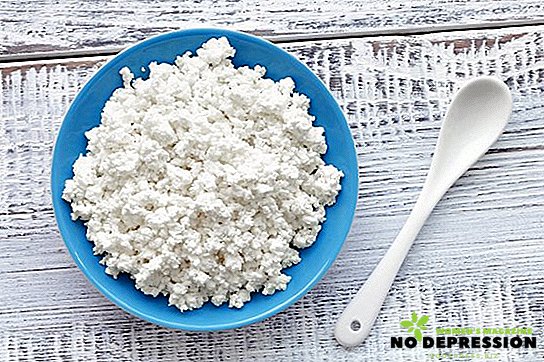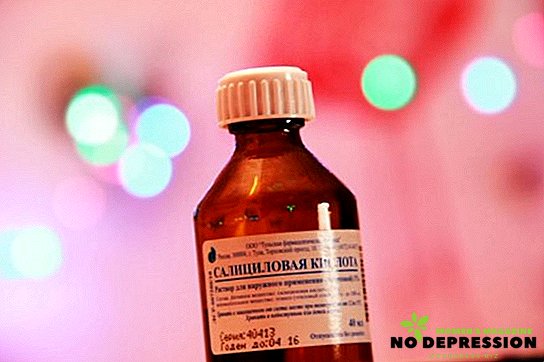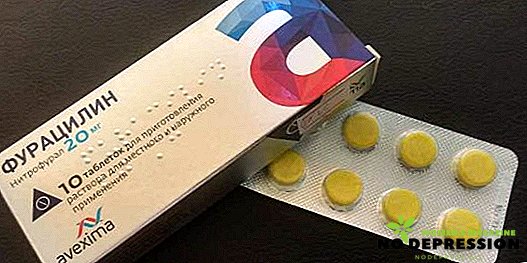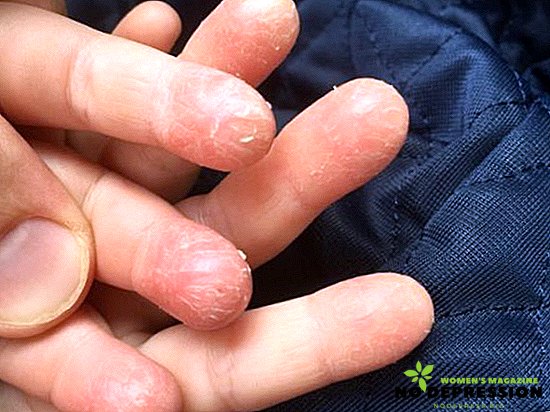Osteoporosis is a progressive skeletal disease characterized by a decrease in bone mass and a violation of its structure, leading to fragility and the risk of fracture.
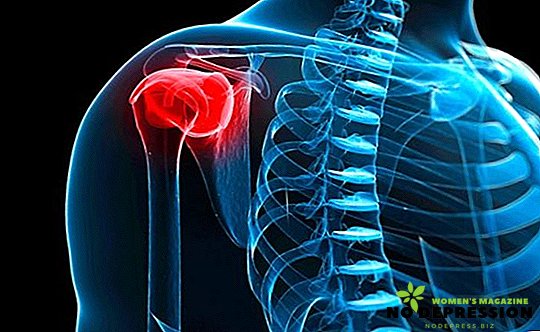
What makes bones fragile?
Most women suffer from osteoporosis - in more than 80% of cases. Most often in the period of menopause. This is one of the most important causes of this disease. After the cessation of the menstrual cycle, the ovaries stop producing estradiol, a hormone that retains calcium in the bones.
In men over the age of 65, testosterone levels are also reduced, which retains calcium and prevents bone consolidation. In addition, there are many other risk factors that can lead to this disease.
Major risk factors
There are two types of risk factors.
Those that are amenable to correction:
- smoking;
- sedentary lifestyle;
- lack of exercise;
- excessive consumption of alcohol and coffee;
- unhealthy diet;
- Vitamin D deficiency, which increases calcium absorption in the intestines.
Non-removable risk factors include:
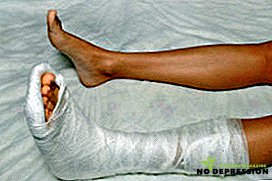 age - over time there is a decrease in bone density, their rapid destruction is observed;
age - over time there is a decrease in bone density, their rapid destruction is observed;- osteoporosis in the genus is a hereditary factor;
- previous fractures;
- early menopause;
- amenorrhea - that is, the absence of menstruation before menopause (this may be due to anorexia nervosa, excessive physical activity);
- lack of childbirth;
- frail physique.
Osteoporosis can also cause a variety of diseases.
Endocrine:
- thyrotoxicosis;
- Itsenko-Cushing syndrome;
- type 1 diabetes;
- adrenal insufficiency.
Diseases of the digestive tract:
- stomach surgery;
- celiac disease and other disorders of absorption.
Metabolic pathologies:
- hemophilia;
- hemolytic anemia;
- chronic kidney disease;
- malignant tumors, for example, lymphomas, myeloma, tumors.
Also factors that increase the risk of osteoporosis include taking medications, for example: glucocorticoids - Levothyroxine; anticonvulsants - Heparin; cytostatics; containing aluminum.
Mechanism of disease development
The bone tissue has a dense structure, due to which the skeleton can withstand the weight of a person and the additional load. In the body there are osteoblasts that create a new tissue, as well as multinucleated osteoclast cells that remove this tissue by dissolving.
Such a system operates throughout life and it is a natural process. But if at least one component in the human body is not enough, and osteoclasts dominate, there will be more rapid tissue destruction than replenishment. Inside the bone there will be voids, she herself will become fragile.
By the age of 30 in humans, bone density reaches the highest level, and by age 40, the amount of calcium is gradually wasted. This happens unnoticed, painlessly, while the structure of the bones is destroyed, bone mass is lost.
The following are added to the main risk factors for women:
- female lineage;
- rheumatoid arthritis;
- removal of the uterus and ovaries;
- having four or more children;
- hormonal drugs.
The main types and degrees of this pathology
Osteoporosis can be of two types: primary and secondary.
There is also an idiopathic species in which people of all ages are susceptible to the disease, unfortunately, the causes of its occurrence have not yet been studied.
Primary osteoporosis includes the natural aging of a person and menopause. The secondary type is caused by diseases of the pancreas, thyroid, adrenal glands, leukemia.
There are 4 stages of osteoporosis, each of which is accompanied by its own symptoms.
| Stage | Symptoms and signs |
| First stage | Decreased bone density. When X-rays reveal a significant transparency of the shadow, striation of the silhouettes of the vertebrae. This disease can be determined only when conducting medical research. |
| Second stage | It is a mild form in which there is a marked thinning of trabeculae, a moderate decrease in bone density. |
| Third stage | In this case, doctors can detect deformity in some parts of the spine. The consequences include the formation of a hump on his back. |
| Fourth stage | It is considered the most dangerous, called severe osteoporosis. In this case, when performing radiography, the bones practically “glow”. In some places, bone thickening may form, the patient is subject to fear even with little physical activity. |
At the initial stage of the development of this disease, it is almost impossible to make a diagnosis, since the pathology is manifested by inconspicuous signs, which are often attributed to the usual indisposition or fatigue.
With a sharp change in the weather, aching pain in the bones, severe fatigue may appear, gray hair may also appear at a young age, an increased heartbeat.
The most serious complication of this pathology is a fracture. In this case, the bones break down with minimal stress, such as coughing or sneezing. The bones coalesce rather badly, for a long time, incorrectly due to a violation of the structure of the bone tissue. Over time, there may be cramps of the limbs, legs are deformed.
Diagnosis and symptoms of osteoporosis
The very first thing you can do on your own is to measure your height before visiting a doctor and remember how he was at the age of 20-30. If there is a decrease of at least 2-3 cm, this is already a signal and requires further examination.
Of course, this does not necessarily indicate the presence of osteoporosis.
An accurate diagnosis can only be made by the attending physician, who will conduct an examination, interview, prescribe a study. Moreover, osteoporosis is preceded by osteopenia - a moderate decrease in bone density, at which the risk of a moderate fracture. But it exists and is much higher than that of those who have no problems with the bone system.
In any case, this pathology is better to prevent than to engage in treatment in the future. Because it is so important to know the main symptoms:
- acute or chronic back pain;
- reduced growth;
- thoracic kyphosis or hump;
- heartburn;
- too frequent stools;
- chest pain, feeling short of breath;
- belly bulge;
Diagnosis of this pathology includes a complete blood count, which can show a decrease in hemoglobin and testosterone, increased calcium in the blood and urine, alkaline phosphatase, TSH.
You can also assign instrumental research methods, which include:
- X-ray bone densitometry;
- X-ray;
- bone biopsy;
- MRI
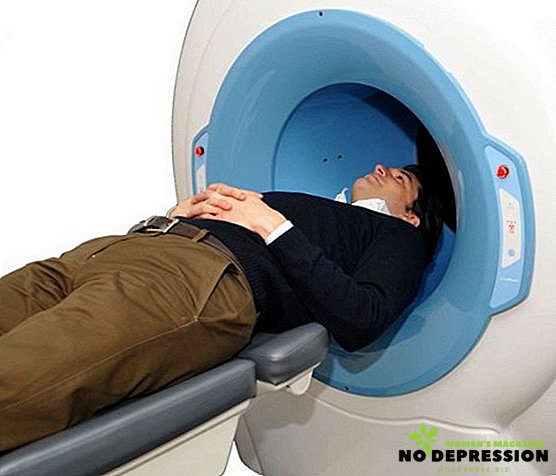
The most informative method is x-ray densitometry. This study, which determine the density of the material under study.
It is best to study the lumbar vertebrae, the radial bone and the femoral neck, because these are the most fragile and susceptible to destruction of the bone.
But if a slight decrease in bone density was found, it is impossible to accurately assess the prognosis and the further degree of destruction based on the study.
The main methods of prevention
The good news is that the prevention of this pathology does not require large financial costs and is available to anyone. The main thing to keep in mind is that preventive measures must be carried out in a comprehensive manner, only in this case can a result be achieved. Attention should be paid to the fact that these activities should be carried out not only when there is already some degree, but also if the bone system is in order.
Even if osteoporosis is already present, all prevention recommendations should also be followed. It is proved that daily exercise and calcium intake, vitamin D slows down the development of this pathology, and excessive enthusiasm for alcohol, smoking, low body weight accelerates the process of bone destruction
Prevention of osteoporosis is:
 increased consumption of foods that are rich in calcium;
increased consumption of foods that are rich in calcium;- vitamin D intake;
- adequate physical activity;
- stopping smoking and other bad habits;
- coffee restriction - no more than 2 cups per day;
- support normal body weight;
- large consumption of fruits and vegetables, at least 500 g per day.
Also remember that the rate of calcium intake is:
- for women before menopause and men younger than 60 years - 1000 mg per day;
- for women after menopause and men over 65 years old - at least 1500 mg per day.
Principles of therapy
The choice of treatment depends on the nature of the disease.
Treatment of primary osteoporosis, since it develops in the postmenopausal period, is aimed at increasing or slowing down bone loss as much as possible.
Treatment of secondary osteoporosis, which occurs due to medication, immune diseases, is aimed at eliminating the relevant causes.
Therapy is:
- Main. It consists in the appointment of drugs that directly affect the metabolic processes occurring in the bone. Their reception is carried out continuously or in stages for a long time.
- Hormone replacement.
- Symptomatic.
For the treatment of osteoporosis of the knee or hip joint, surgical intervention is necessary. In case of ineffectiveness of drug therapy, joint endoprosthesis replacement is used, replacing a worn joint with a prosthesis.
Main treatment
Drugs are divided into three groups:
- Obstructive bone tissue resorption.
- Stimulators of growth of bone mass.
- Means of versatile action.
Antirheumatic drugs
The main drugs are bisphosphonates. They are poorly absorbed, most of the dose is delayed.
At the same time, the active part of this drug quite intensively suppresses the pathological rarefaction of the bone tissue. The tool is used for half an hour or 2 hours before meals or a few hours after. It is necessary to drink a full glass of water, subsequently not taking a horizontal position for at least half an hour.

The most famous bisphosphonates include: Fosamax, Fosavans, Bonviva.
Calcitonin preparations
Denosumab is a genetically engineered drug that is an antibody that prevents the activation of osteoclasts that affect bone destruction. Enter 60 mg every six months. Unlike bisphosphonates, drugs of this group are not contraindicated in renal failure.
Other drugs that promote bone mass growth include:
- Fluorine-containing, aimed at increasing the mineral density of tissues. But when they are used, the risk of fracture remains.
- Containing parathyroid hormone - teriparatide, it is used subcutaneously every day for 1-1.5 years. This is the only most effective means that really stimulates the growth of bone mass. It is indicated for almost all types of osteoporosis, including for idiopathic type in men.
Drug medications of diverse action
Active metabolites of vitamin D. They are used to treat the elderly, patients with renal insufficiency. Such tools reduce the rate of bone loss, prevent fractures.
Hormone replacement therapy
This type of treatment is used more often. Moreover, it is recommended to use it not only for those who are clearly sick with this disease, but also for those who have minor bone damage.
For this purpose, during the period of menopause, women prescribe selective estrogen receptor modulators, such as Avesta.
They can significantly slow down or stop bone loss, reducing the risk of fractures by up to 50%.
 In some cases, during menopause, women are prescribed estrogen drugs, such as Kliogest, together with calcium supplements.
In some cases, during menopause, women are prescribed estrogen drugs, such as Kliogest, together with calcium supplements.
However, estrogen therapy for osteoporosis increases the risk of oncology. Therefore, to achieve the effect, treatment with such medicines should be carried out under the constant control of the level of hormones in the blood.
Their cancellation should be accompanied by a slow decrease in dosage. Also, these drugs are contraindicated in those at risk of cancer.
Calcium preparations
Since calcium preparations are recommended to halt the progression of osteoporosis, it should be remembered that the drug treatment of osteoporosis is an order of magnitude more effective than a diet that contains large amounts of calcium.
When this diagnosis is made, treatment with calcium supplements and calcium metabolism regulators is carried out for more effective therapy. They can prescribe monopreparations that contain calcium salts, as well as multivitamins, such as Elevit Nutrimaks and Complivit.
Remember that any medications that are necessary for the normalization of calcium-bone metabolism should be prescribed and selected only by a doctor.
Uncontrolled intake of vitamin D is dangerous deposition of calcium salts in the soft tissues, heart, kidneys. Special treatment requires treatment of children, because the wrong dosage may affect their health in the future.
Symptomatic therapy
It includes:
- the appointment of anti-inflammatory drugs in the presence of arthritis, muscle relaxants with pain syndrome;
- surgical treatment of fractures;
- physiotherapy, massage of the affected area;
- diet - eating foods with a high content of calcium, magnesium, phosphorus.
Folk remedy
Remember that any means of traditional medicine must be coordinated with a specialist:
- Naked licorice. Grind the root of the plant, take one tablespoon of raw materials, pour 500 ml of hot water, then soak in the water bath for half an hour, leave to infuse for 2 hours, filter. Take 100 ml 4 times daily before meals.
- Propolis and buckwheat honey. Take 70 g of each product, then add 100 g of crushed and dried eggshell. Take the mixture you need for 2 tsp. once a day.
- Eggshell. Eggshell must be crushed into powder, then mixed with lemon juice in a ratio of 1: 1. The tool take half a teaspoon for two weeks.
- Infusion of different herbs. For its preparation you can use St. John's wort, calendula, chamomile. Take one tablespoon of the collection, fill with a glass of boiling water, take for a day.
- Mumiyo Take inside. To do this, make a small ball weighing 4 g, dissolve in 100 ml of warm water. Means to accept within 4 weeks then to take a break.


 age - over time there is a decrease in bone density, their rapid destruction is observed;
age - over time there is a decrease in bone density, their rapid destruction is observed;
 increased consumption of foods that are rich in calcium;
increased consumption of foods that are rich in calcium;

